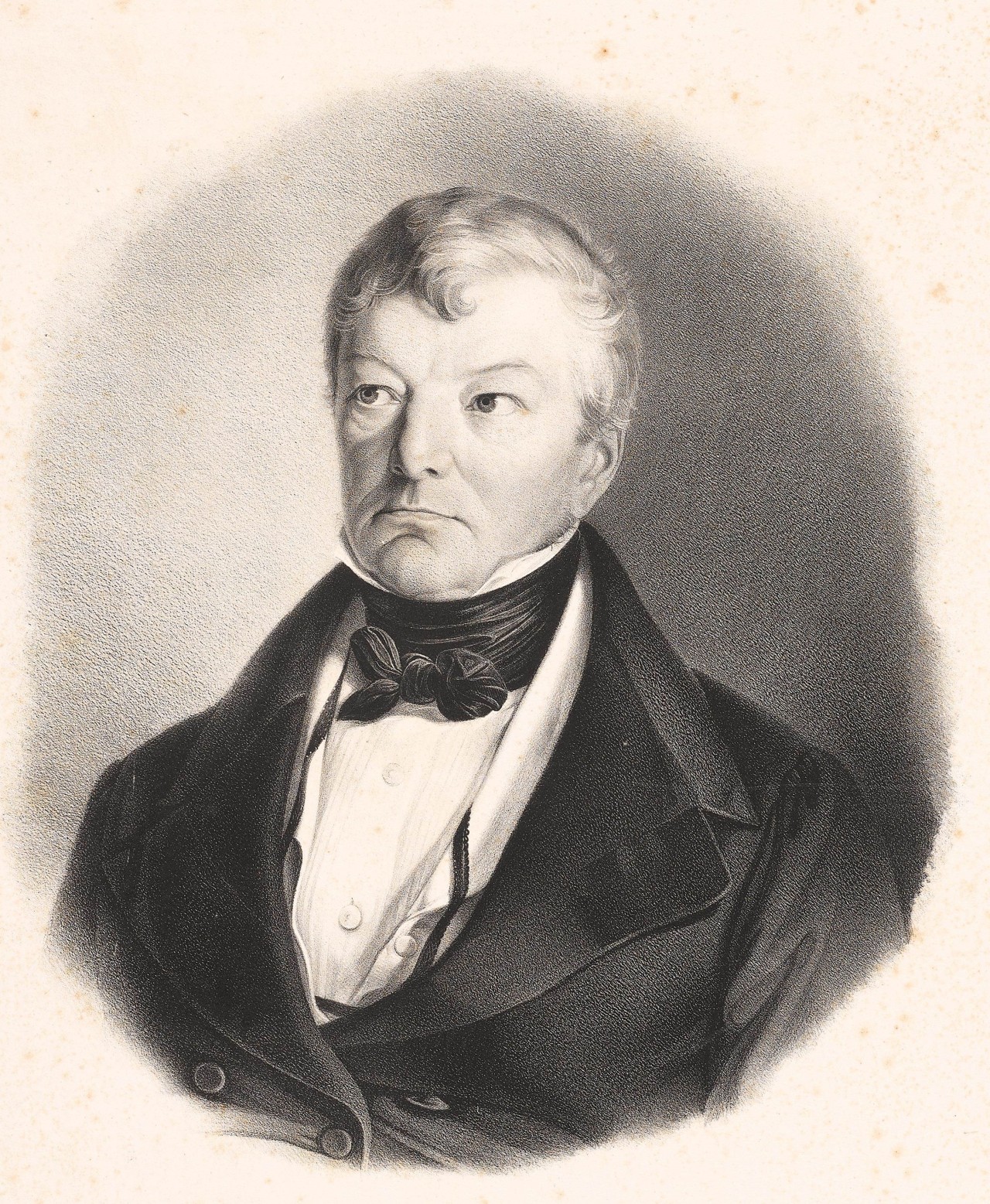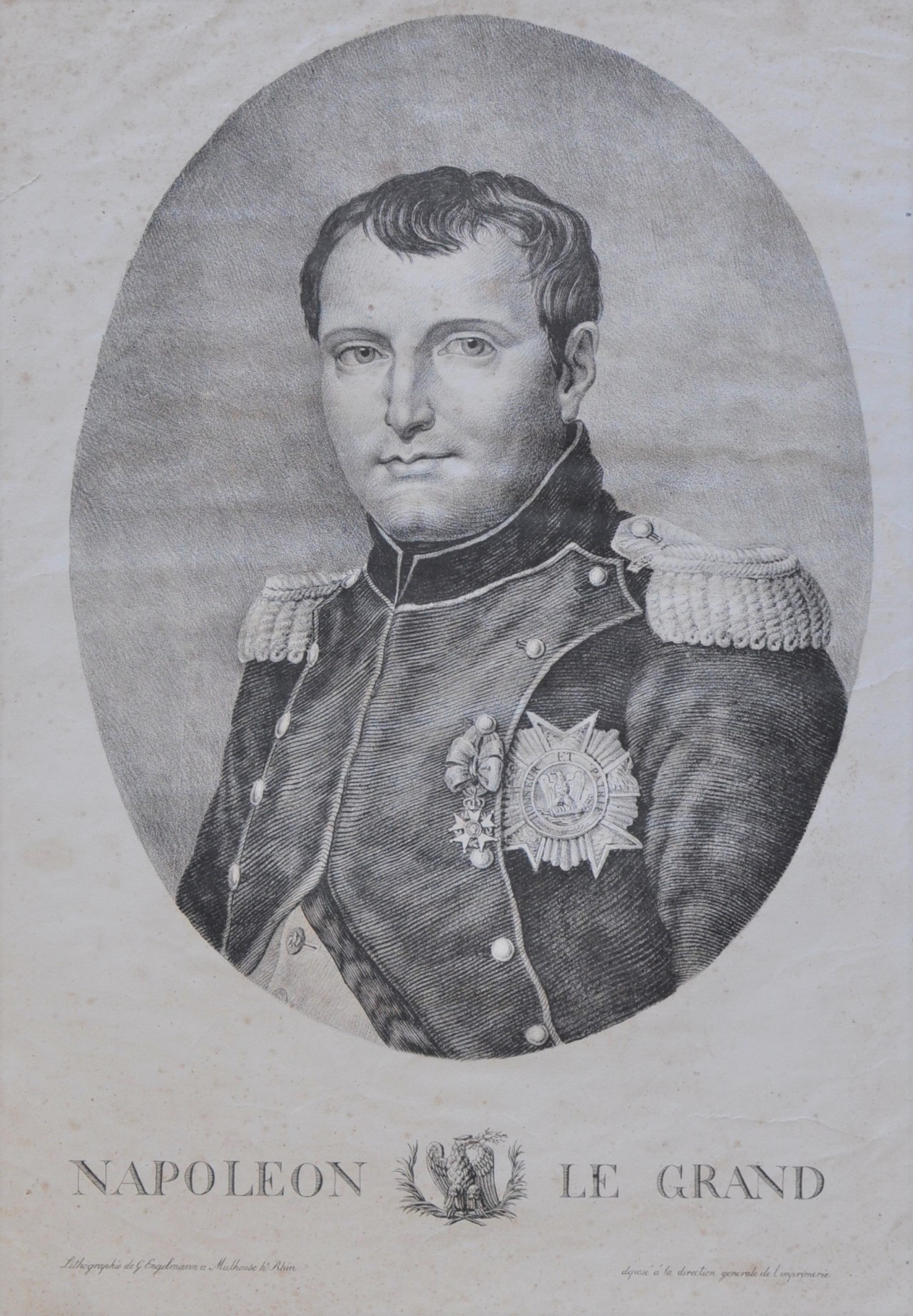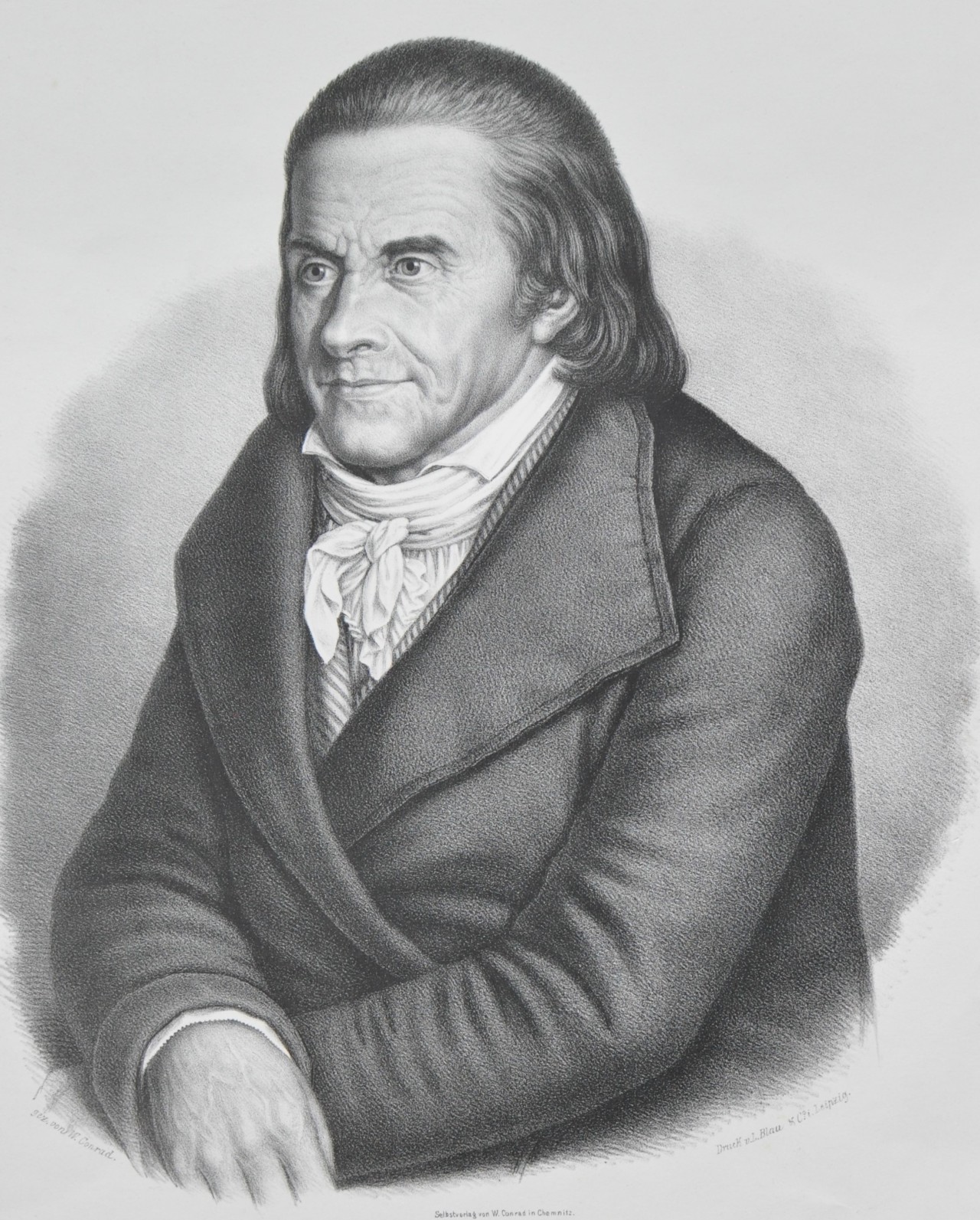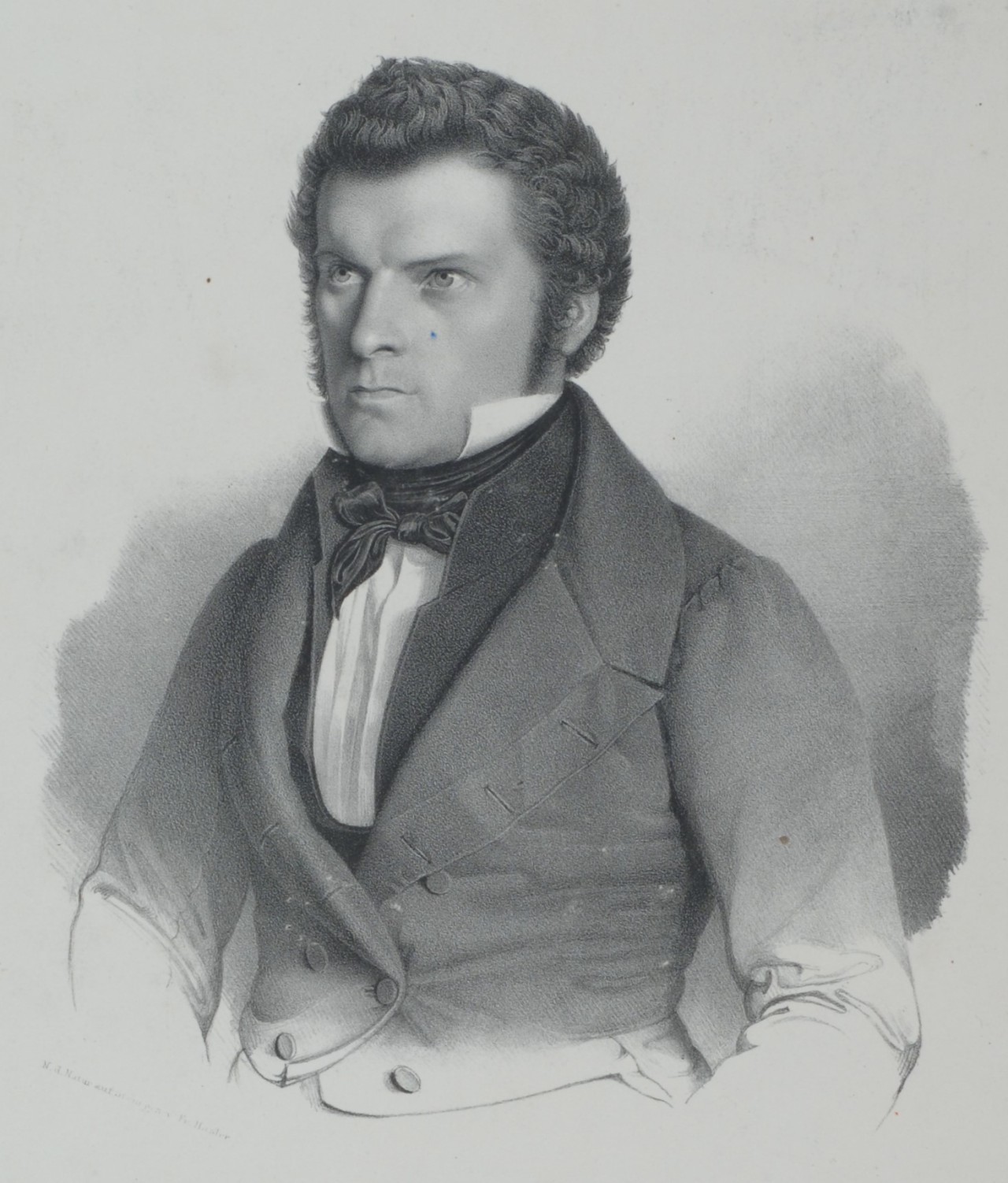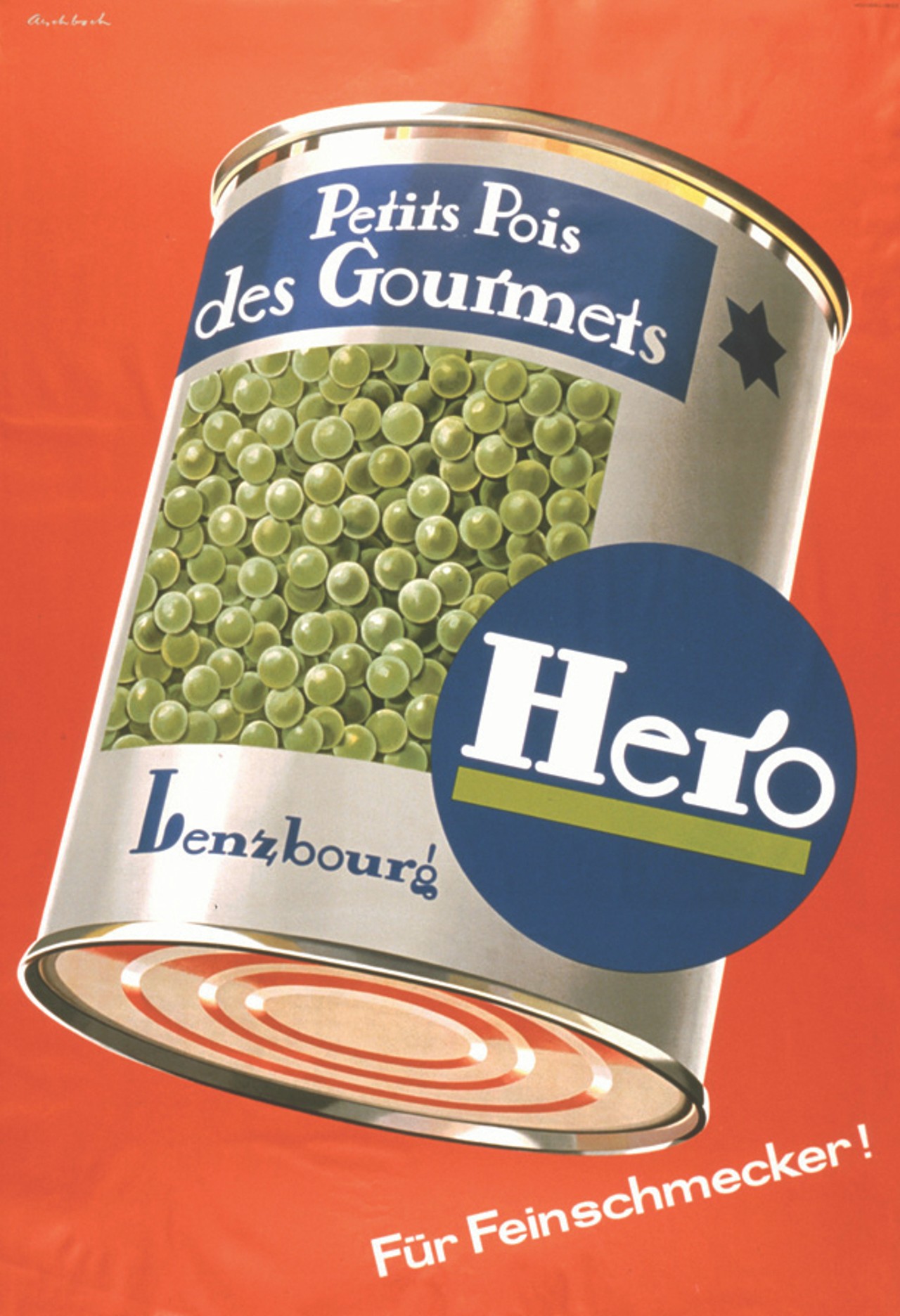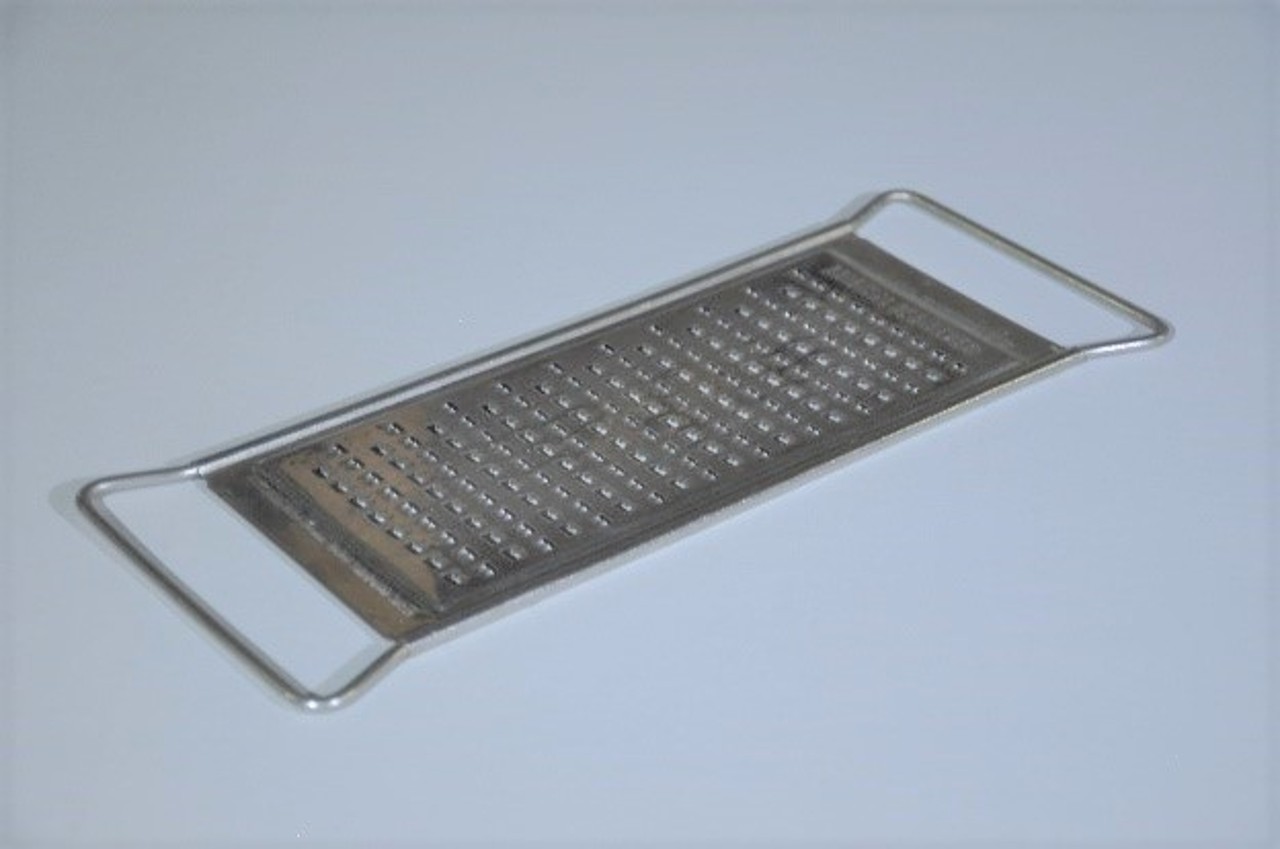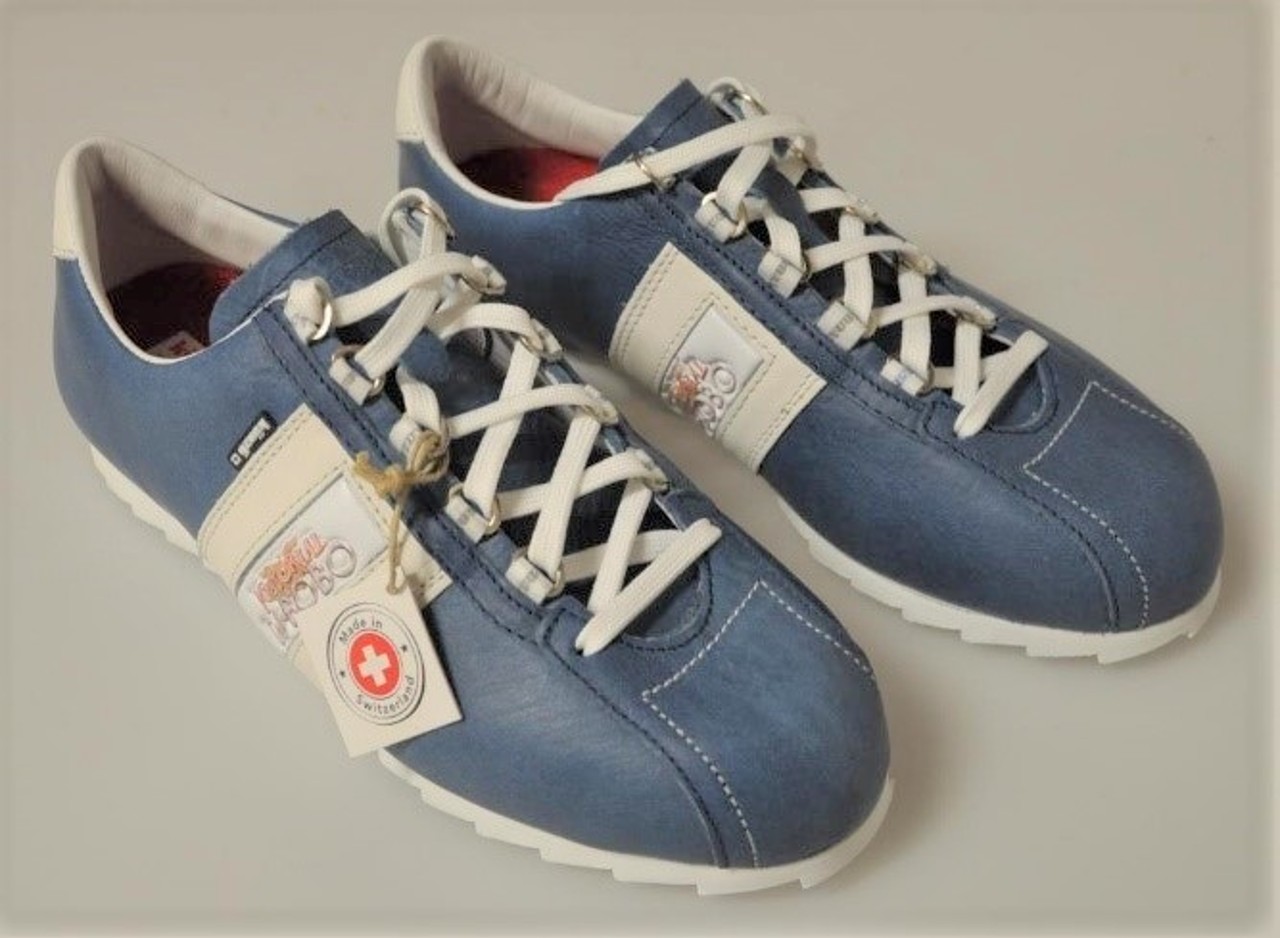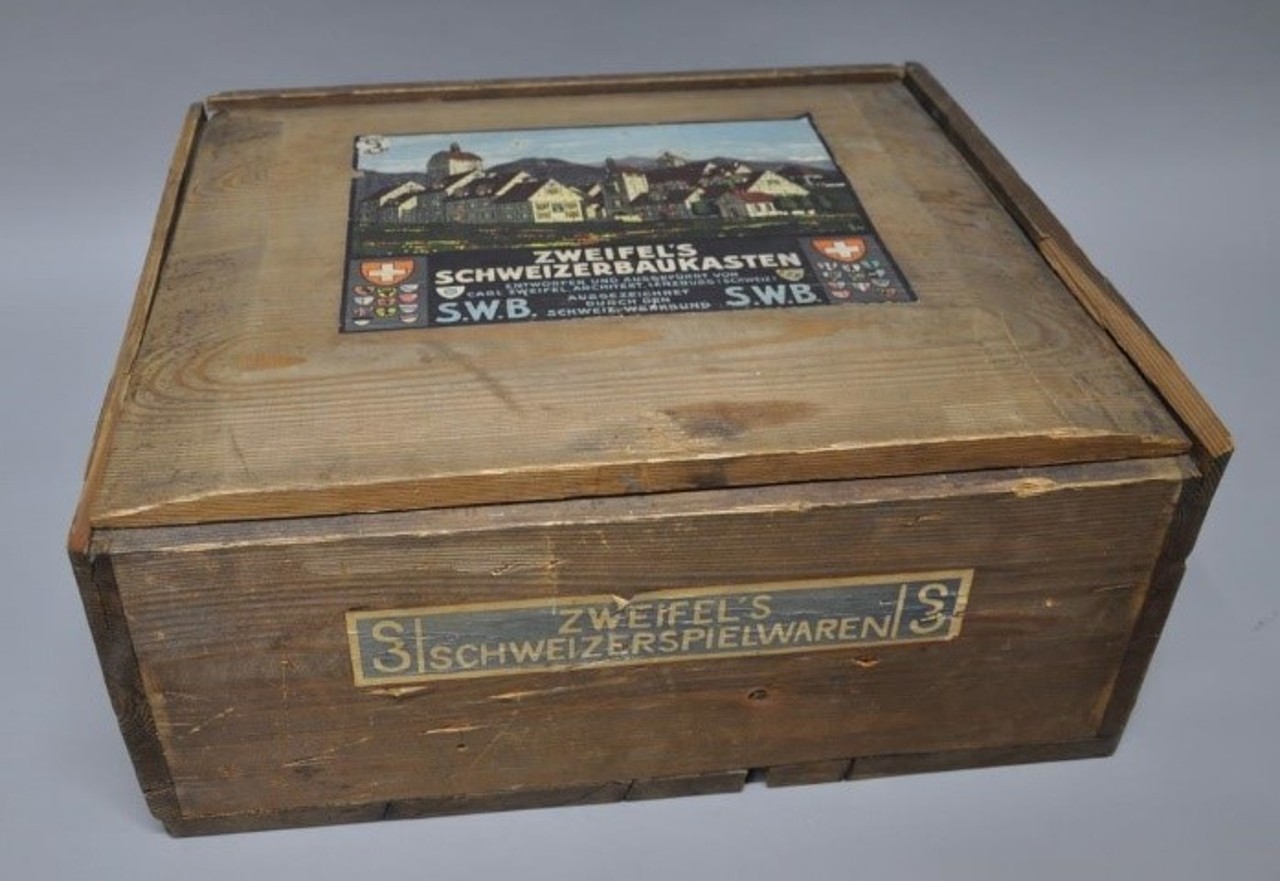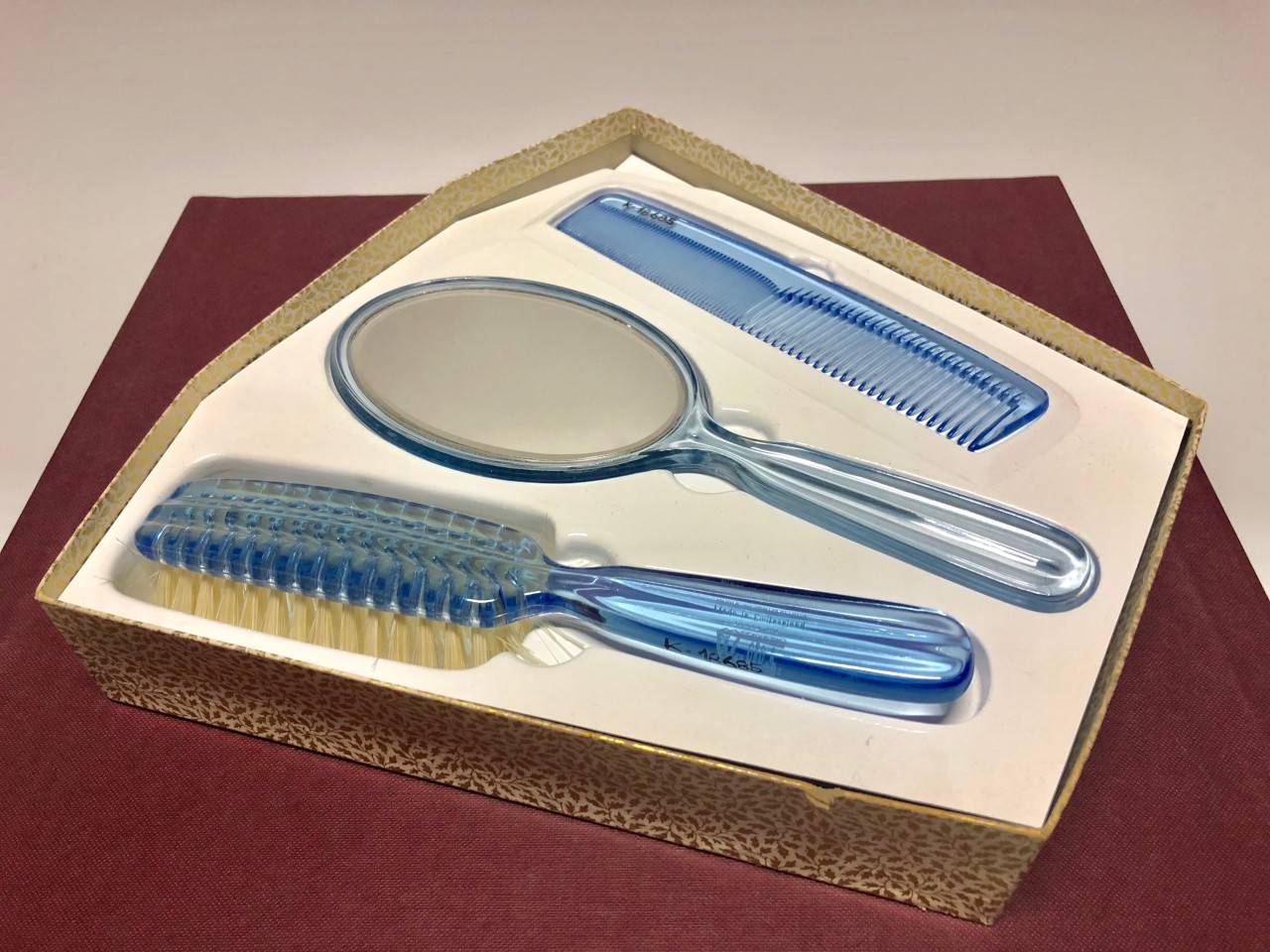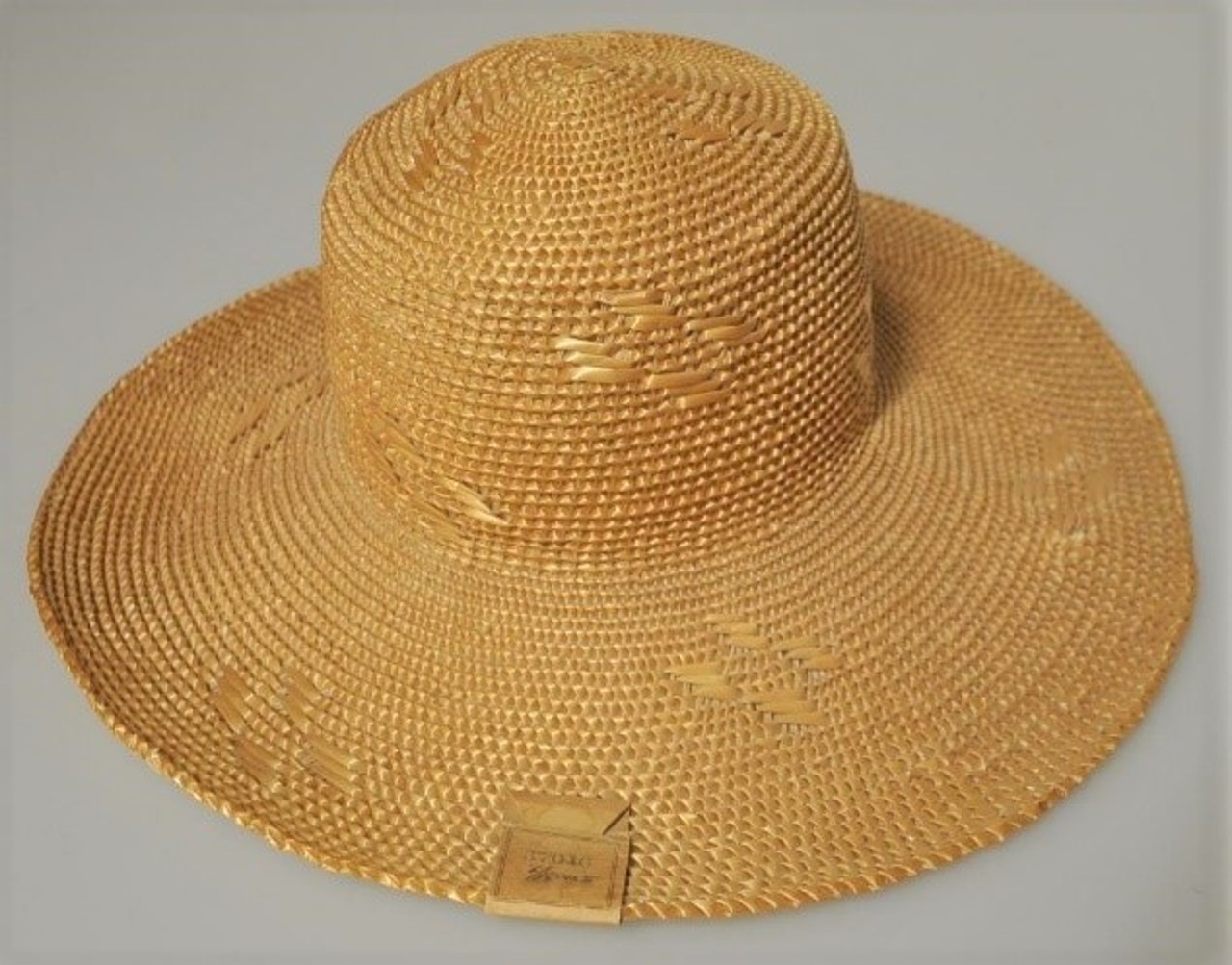History
Where we come from and who we are
Aargau has far more to offer than just Rüeblitorte and white socks. We've got the dinosaurs and Napoleon, not to mention DJ Bobo – they've all made their mark on our canton in a very special way. Join us on a voyage of discovery!
What's special about Aargau? There's a lot to tell you. We will try to put together a coherent picture.

Foundation stone and foundation
The year is 1415. The Swiss defeat the Habsburgs and conquer the area that we now know as Aargau. The seven victorious cantons divide up their "spoils". Oberaargau goes to Bern, the Freiamt to the other six cantons and the County of Baden is administered by all of them together. Only the people of Fricktal will remain under Habsburg rule for a long time to come. It's already easy to see: Aargau as a future "canton of regions" is taking shape.
Fast forward a few centuries to the year 1798. This time, the invaders on the border are ... the French – mon dieu! Their newly formed Swiss vassal state – the "Helvetic Republic" – is not immensely popular. Napoleon Bonaparte therefore has to intervene in person and he immediately takes a fresh approach. He sits down at the drawing board and designs something we are all very familiar with today: the Canton of Aargau. The year is 1803: the hour of Aargau's birth!
Traces of our predecessors
So the Canton of Aargau has existed since 1803. However, our ancestors left their traces much, much earlier. All aboard the time machine!
First stop: the Roman Empire. The ancient Romans build the first Roman military camp on Swiss soil in the year 14 AD in Vindonissa, the Windisch of today. Around 6,000 legionaries prepared for duty here. They are under the orders of the Roman Emperor in person. The Romans even introduced wine growing and the wine culture to Aargau. Your health!
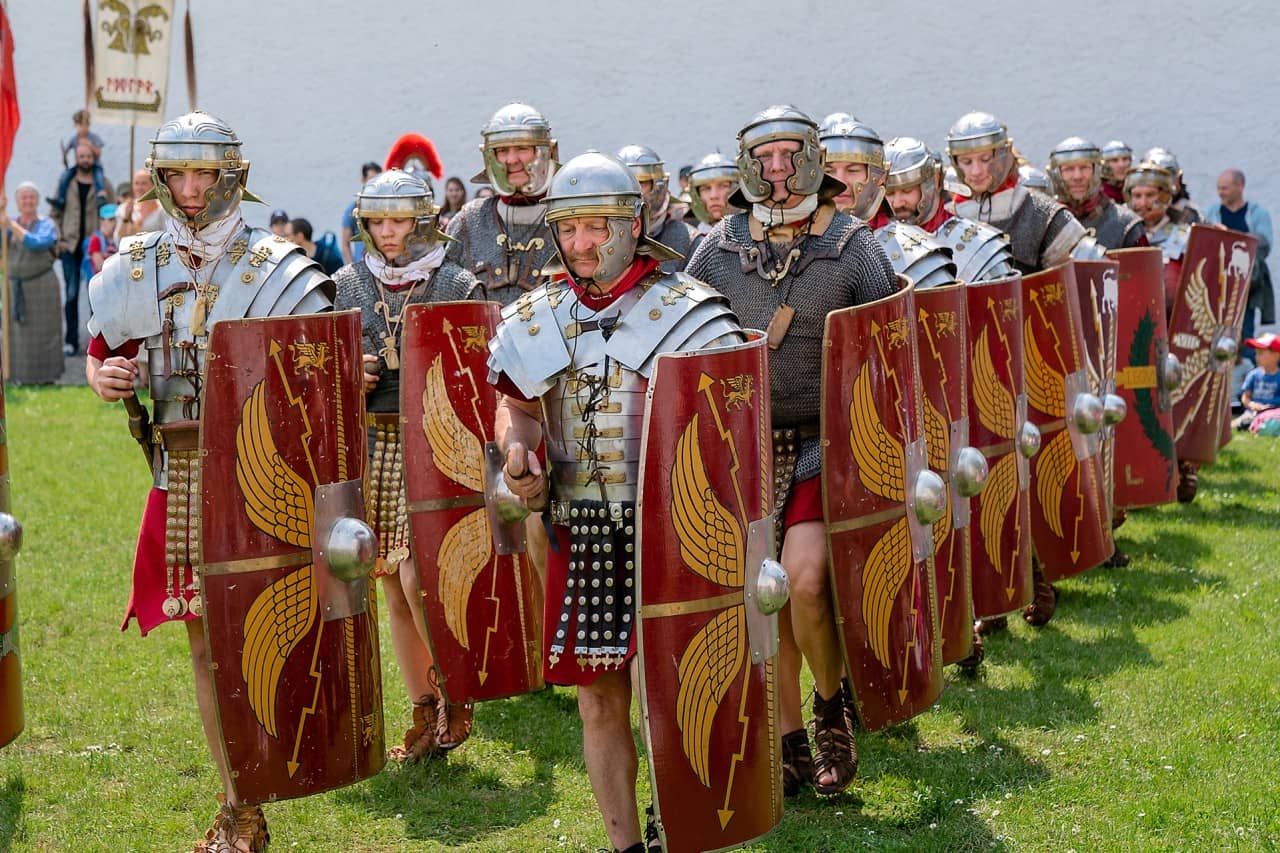
Next station, even further into the past ... Lake Hallwil. More than 4,000 years before the Romans, pile dwellers settled here. Their villages were ingenious and practical, but they soon sank into the marshy ground. Bad luck for our ancestors, who had to keep moving on – good luck for our cantonal archaeology department, because it enabled them to discover their traces.
And once more into the time machine .... the dinosaurs also have to be mentioned as natives of Aargau! There are a lot of bones to be discovered in the Fricktal. One of the dinosaurs was named plateosaurus: at eight metres in length, the gentle herbivore was probably the biggest dinosaur in the history of the planet. And a hungry carnivore also stalked this territory more than 200 million years ago: Notatesseraeraptor frickensis. We can proudly claim this Fricktal dweller as an Aargauer – it was a forebear of the mighty T-Rex.
Discover history at the scene of the events
You are no doubt familiar with Aargau's fortresses, castles and old towns. But did you know that Aargau's monasteries also have a turbulent history? In 1841, our canton sparked outrage: it dissolved all active monasteries with immediate effect. The dispute over the Aargau monasteries enraged Swiss and foreign powers and was one trigger of the Sonderbundskrieg, or federal war, of 1847.
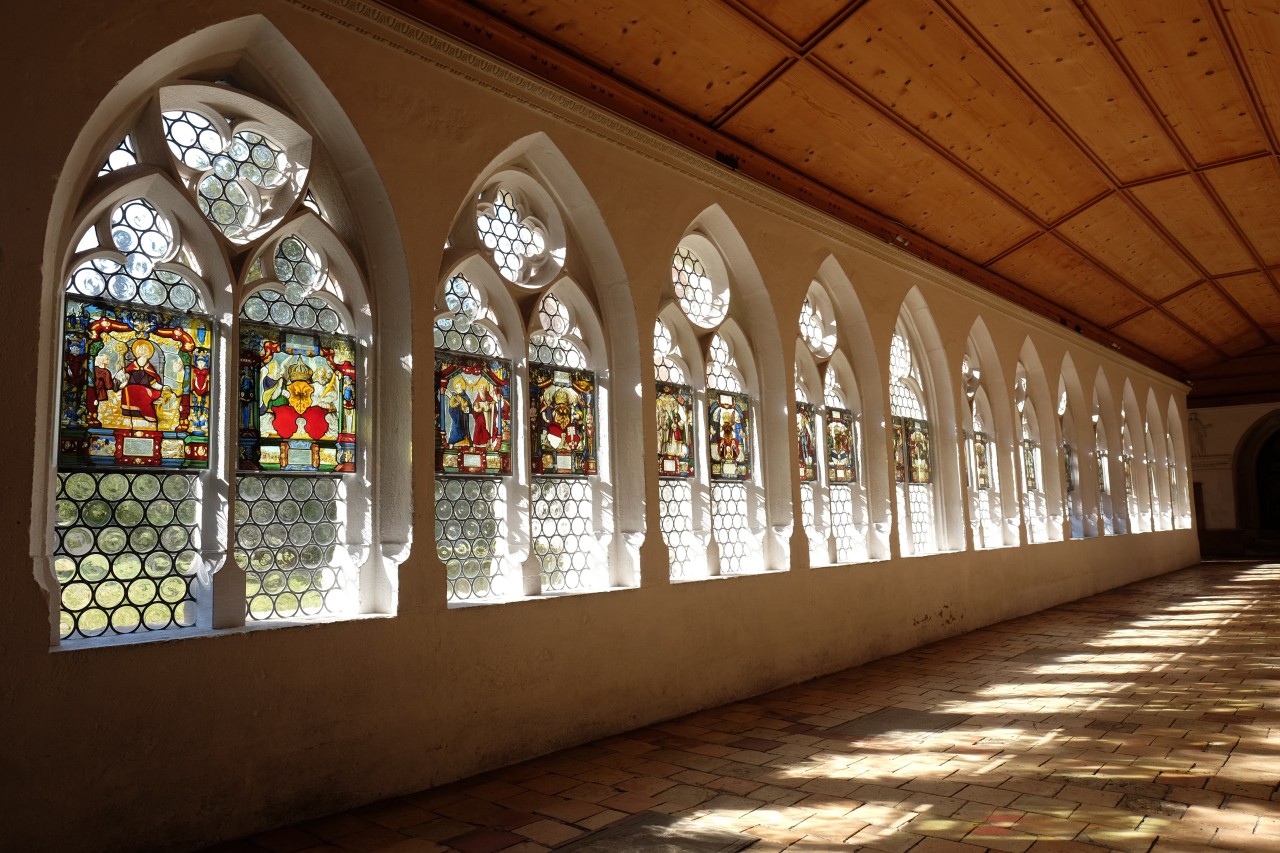
Four women's monasteries were later re-opened, including Fahr Abbey. A curious fact: it is the only exclave in the Canton of Aargau today and is completely surrounded by the Canton of Zurich. The monastery is still in operation and offers visitors a wide range of culinary treats with its own wine cellar and restaurant.
The old towns of Aargau also have a great deal to offer. For example, look carefully at the many richly painted soffits to be found on the houses in Aarau. Its byname "Town of the beautiful gables" is richly deserved! By the way, Aarau is not just the cantonal capital, it was actually the federal capital for a brief period in 1798.
/inhalt/inhallt-altstadt-aarau_large.jpg)
A full programme awaits you in Lenzburg Castle, one of the many superb examples in Aargau: a wonderful castle complex, a fine mansion, a picturesque rose garden ... with a little luck, you may even be there on a "mediaeval experience day"! And if you look closely, you'll even find a coat of arms with the Bernese bear on the façade. Fortunately, it is only a remnant of long forgotten days of subjection.
Exciting and influential personalities
They give Aargau a face. They are the famous men and women of our canton. They're all there, from the first Swiss female doctor to the first woman Federal Councillor. We can't present every man and woman, but let's introduce you to some of these fascinating personalities.
Made in Aargau
The Canton of Aargau is one of the most important industrial centres in Switzerland. Thousands of people are involved in its industrial history, including blue-collar workers from far and near. There is no lack of superlatives. Around 100 years ago, BBC of Baden manufactured the biggest steam turbine in the world at the time for a New York power station.
However, many smaller but no less amazing things form part of Aargau's industrial history. Discover a selection of the cleverest objects developed here in the canton over hundreds and decades of years – all of them "Made in Aargau"!
Researching history and discovering traditions
There was a lot to discover on the journey through Aargau's history. But what we know today first had to be researched.
For example, the experts from the cantonal archaeology department (Kantonsarchäologie) come into play when no written records are available. We receive an insight into the colourful life of our ancestors from their excavations. The cantonal department for the preservation of historical monuments (Denkmalpflege) takes care of buildings of historical value, so that Aargau's towns and villages continue to impress us with some sense of home, history and identity.
Would you like to experience Aargau's history now and at close quarters? Explore our most popular Aargau customs and traditions – there's something for everyone, from the Aarau Bachfischet when the local stream is cleaned every year to Weidlingsfahren, a trip on a narrow flatboat. Did you know, for example, that the Surbtal was an important centre of Jewish life and culture for two hundred years?
